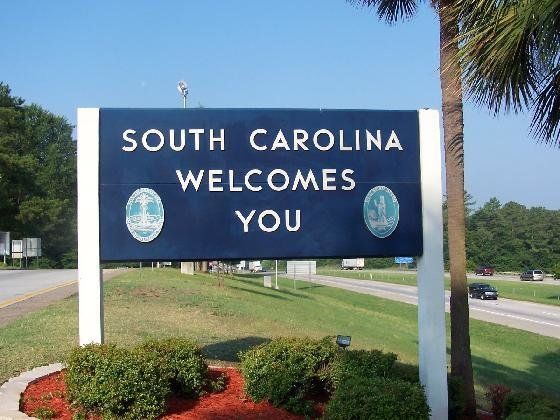
This story was originally published on 24/7 Wall St.
The U.S. elderly population has grown exponentially in recent decades. The number of Americans 65 and older grew from 35 million in 2000 to 41.4 million in 2011 and to an estimated 44.7 million in 2013. This trend is expected to continue as members of the baby boomer generation reach retirement age.
While it can be difficult to grow old in some U.S. states, life for seniors is often far worse in many other countries. Still, the United States will face increasingly large challenges. In the coming years, state officials, families, and individuals will need to pay more attention to the needs of the elderly — to improve medical care, access to services, infrastructure, or other amenities that become more necessary late in life.
HelpAge International evaluates each year the social and economic well-being of elderly country residents in its Global AgeWatch Index. Last year, the United States was among the better places to grow old in the world, at eighth place. However, domestically, each state offers a very different quality of life for its older residents. Based on an independent analysis by 24/7 Wall St., which incorporated a range of income, health, labor, and environmental indicators, Utah is the best state in which to grow old, while Mississippi is the worst.
To be considered among the worst states to grow old, senior citizens in the states had to have relatively weak income security, as measured by several indicators. The 2013 median income among families with a head of household 65 and older, for example, did not exceed the comparable national figure of $37,847 in nine of the worst states to grow old. A typical elderly household in Mississippi earned less than $30,000, the least nationwide.
Retirees often have fixed income as they begin to tap into their savings and collect social security. Kate Bunting, CEO of AgeWatch USA, explained that, “It’s really important for older people to have reliable access to a guaranteed income.” More than 90% of Americans 65 and older in the vast majority of states received social security income in 2013. Yet, the average monthly social security benefit of $1,294 was likely not enough for many seniors.
Many older Americans also had non-social security income, such as withdrawals from 401Ks and savings as a supplement. In 2013, 47.9% of Americans 65 and older had such supplemental retirement incomes. Comparable figures in a majority of the worst states to grow old actually exceeded the national figure. Even with the supplemental retirement income many elderly residents had, it was frequently not enough to offset their financial burdens. At stake, according to Bunting, is the elderly’s “ability to eat nutritious foods, which impacts their health, and their ability to access other critical services.”
With lower, and often fixed, incomes, elderly Americans are vulnerable financially. In addition, age often brings a host of health problems, causing greater reliance on medical and accessibility services. To determine how the states fared when it comes to health care, we examined health services and outcomes. Among the worst states, for example, life expectancy was relatively low. In all of the 10 worst states, it was less than 80 years. Life expectancy at birth in 2011 did not exceed 76 years in four of the states.
A good education, which can lead to employment opportunities and higher incomes, is also an indication of well-being. More than 24% of Americans 65 and older had at least a bachelor’s degree as of 2013. In seven of the 10 worst states to grow old, however, less than 20% of elderly residents had attained at least a bachelor’s degree. In Mississippi, just 14.2% did, the lowest rate nationwide.
Safety often becomes a greater concern for aging Americans, as older people are often targeted by criminals. Residents of any age in the worst states to grow old also did not feel particularly safe. On a recent survey, less than 70% of residents in nine of the 10 states told Gallup they felt safe walking home alone at night. The violent crime rate in four of the worst states was also greater than 500 violent crimes reported per 100,000 residents, all among the higher violent crime rates in the nation.
In addition, policies often shape the quality of life of a state’s elderly population, particularly in terms of accessibility to services. Based on an OECD survey, all of the worst states for old people had worse accessibility to services than the majority of states. Bunting said that the aging population is growing, and it will become increasingly “important that [states] have the right kinds of policies in place that help support a quality old age.” Adapting to these demographic patterns through age-friendly policy, Bunting continued, is “important and worthwhile to do, no matter what age you are.”
These are the worst states to grow old in.
